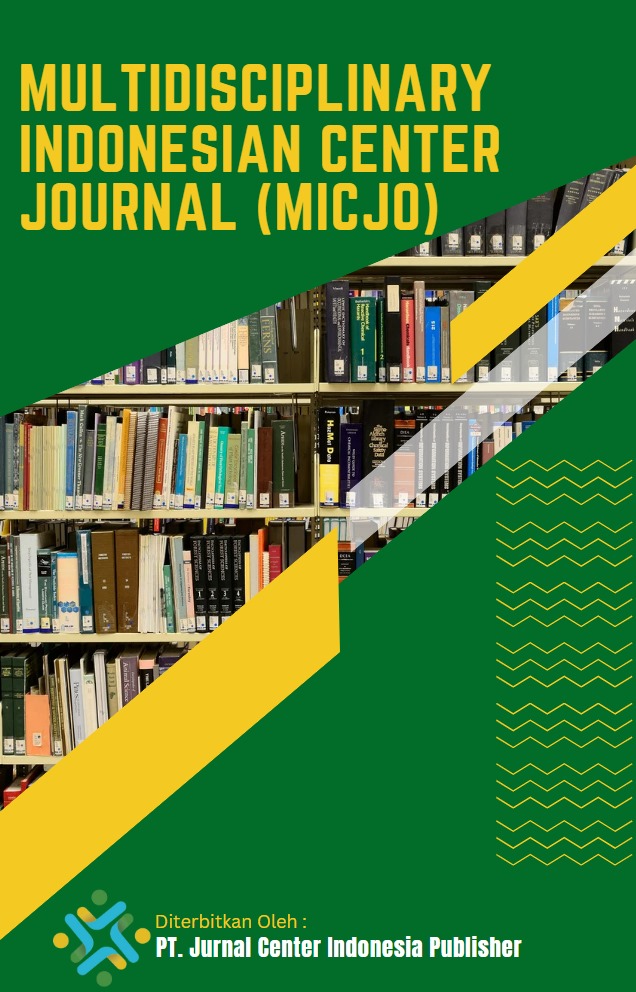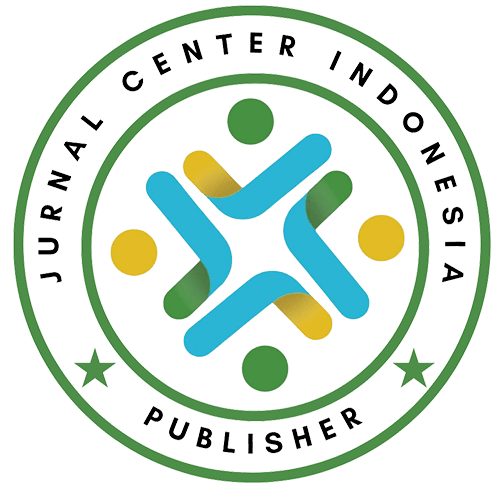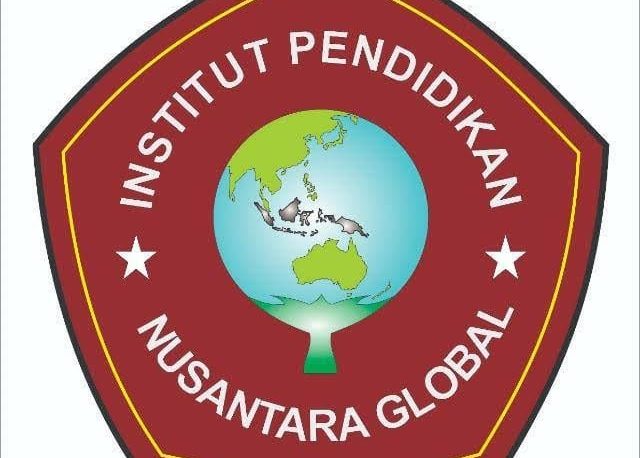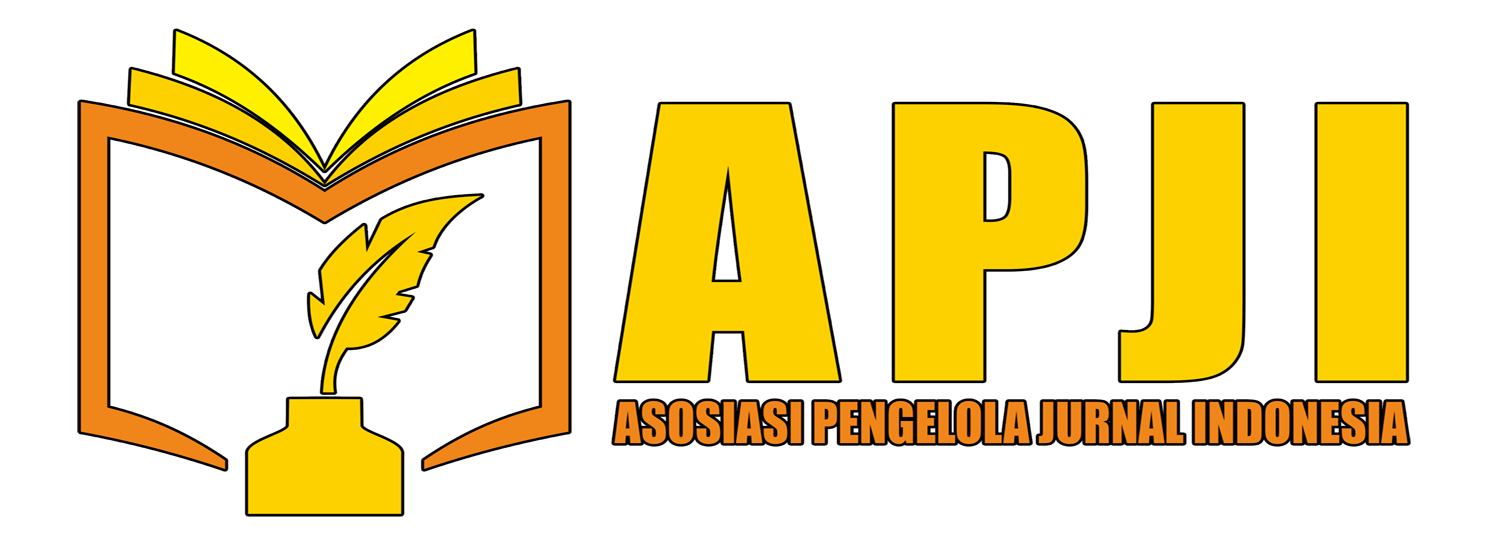ANALYSIS OF RISK FACTORS FOR HYPERTENSION IN BONTO TALLASA VILLAGE, ULUERE DISTRICT, BANTAENG REGENCY
DOI:
https://doi.org/10.62567/micjo.v2i4.1291Keywords:
Hypertension, family history, sodium consumptionAbstract
This study aimed to identify risk factors associated with hypertension in Bonto Tallasa Village, Uluere Subdistrict, Bantaeng Regency, in 2025. The research examined three factors: family history, excessive sodium intake, and stress. A quantitative case–control design was applied to 60 respondents (30 cases and 30 controls) selected through purposive sampling. The results showed that individuals with a family history of hypertension were about 26 times more likely to develop hypertension than those without such a history, indicating a strong and significant association. Excessive sodium intake increased the risk approximately 3.5 times and was statistically significant. Stress was associated with nearly double the risk, but this association was not statistically significant, possibly due to individual differences in coping mechanisms and measurement limitations of subjective stress levels. This suggests that stress may influence hypertension indirectly through behavioral or physiological pathways. In conclusion, family history and excessive sodium intake are significant predictors of hypertension, while stress contributes to an elevated yet statistically nonsignificant risk. Preventive strategies should emphasize sodium reduction, regular blood pressure monitoring, and effective stress management in daily life.
Downloads
References
Ardiani, H., Saraswati, L. D., & Susanto, H. S. (2013). Risk Factors of Hypertension in Menopausal Women in Rejomulyo, Madiun. MJHR, Vol 19(2). https://scholarhub.ui.ac.id/mjhr/vol19/iss2/4/
Bantaeng Regency Health Office. (2024). Health Profile of Bantaeng Regency 2023. Bantaeng: Dinas Kesehatan Kabupaten Bantaeng.
Brunner, E.J., Hemingway, H., Walker, B.R., Page, M., Clarke, P., Juneja, M., ... & Marmot, M.G. (2002). Adrenocortical, autonomic, and inflammatory causes of the metabolic syndrome: Nested case-control study. Circulation, 106(21), 2659–2665. https://doi.org/10.1161/01.CIR.0000034443.07480.60
Buntaa, J. N., Ratag, B. T., & Nelwan, J. E. (2019). Faktor-Faktor Risiko Kejadian Hipertensi Nelayan di Desa Mala dan Mala Timur Kecamatan Melonguane Kabupaten Kepulauan Talaud. Jurnal Kesehatan Masyarakat Universitas Sam Ratulangi, 7(4), 1–9. https://ejournal.unsrat.ac.id/index.php/kesmas/article/view/23154
Chida, Y., & Steptoe, A. (2010). The association of anger and hostility with future coronary heart disease: A meta-analytic review of prospective evidence. Journal of the American College of Cardiology, 56(11), 872–880. https://doi.org/10.1016/j.jacc.2010.03.003
Ferreira Campos, L., de Andrade Costa, G., Domingues Feitosa, M., … & Aquino, M. L. (2024). Effect of hormone therapy on blood pressure and hypertension in postmenopausal women: a systematic review and meta‑analysis. Menopause, 31(6), 556‑562. doi:10.1097/GME.0000000000002359
Hasanah, S. U., Effendy, D. S., & Yunawati, I. (2024). The relationship between physical activity and work-related stress with the occurrence of hypertension in the city of Kendari. Miracle Journal of Public Health, 7(1).
Hasmah, H., Syam, N. A., & Azis, R. (2021). Faktor Yang Hubungan Dengan Kejadian Hipertensi Di Rsud Kolonodale Kabupaten Morowali Utara. (Jurnal Ilmiah Mahasiswa Kesehatan Masyarakat), 6(1). https://doi.org/10.37887/jimkesmas.v6i1.16766
Iftita, M. A., & Muthoharoh, N. A. (2024). The impact of health education on the level of knowledge about hypertension and Posbindu. Health & Medical Sciences. https://doi.org/10.47134/phms.v2i1.277
Kementerian Kesehatan RI. (2019). Laporan Nasional Riset Kesehatan Dasar (Riskesdas) 2018. Jakarta: Badan Litbangkes Kemenkes RI. https://www.litbang.kemkes.go.id/laporan-riset-kesehatan-dasar-riskesdas-2018/
Landsbergis, P. A., Dobson, M., Koutsouras, G., & Schnall, P. (2013). Job strain and ambulatory blood pressure: A meta-analysis and systematic review. American Journal of Public Health, 103(3), e61–e71. https://doi.org/10.2105/AJPH.2012.300878
Marlita, M., Lestari, R. M., & Ningsih, F. (2022). Hubungan Gaya Hidup (Lifestyle) dengan Kejadian Hipertensi pada Usia Produktif. Jurnal Surya Medika, 8(2), 24–30. https://doi.org/10.33084/jsm.v8i2.3850
Maria, I. L., Yusnitasari, A. S., Lifoia, C., Annisa, A. T. A., & Mulyani, S. (2022). Determinants of hypertension incidence in the work areas of the Bone and Barru District Health Centers in 2022. Media Kesehatan Masyarakat Indonesia, 18(3).
Masriadi, Azis, R., Sumantri, E., & Mallongi, A. (2018). Effectiveness of non pharmacologic therapy through surveillance approach to blood pressure degradation in primary hypertension patients, Indonesia. Indian Journal of Public Health Research and Development. https://doi.org/10.5958/0976-5506.2018.00292.9
Prastiwi, F., Fitriyani, N., Budiman, A. A., & Rahmad, M. N. (2023). Education on hypertension prevention in the elderly. Jurnal Kreativitas Pengabdian Kepada Masyarakat, 6(10). https://ejurnalmalahayati.ac.id/index.php/kreativitas/article/view/12137
Pratama, S., & Yeni, Y. (2023). Physical activities of working communities during the COVID-19 pandemic with hypertension incidence in Indralaya District. Jurnal Ilmu Kesehatan Masyarakat, 14(2), 253–262.
Purwono, J., Sari, R., Ratnasari, A., & Budianto, A. (2020). Pola Konsumsi Garam dengan Kejadian Hipertensi pada Lansia. Jurnal Wacana Kesehatan, 5(1), 531. https://doi.org/10.52822/jwk.v5i1.120
Rediningsih, D., & Lestari, I. P. (2022). Riwayat Keluarga dan Hipertensi dengan Kejadian Diabetes Melitus Tipe II. Jurnal Penelitian dan Pengembangan Kesehatan Masyarakat Indonesia, 3(1), 8–13. https://journal.unnes.ac.id/sju/index.php/jppkmi/article/view/52087
Ridho, M., Frethernety, A., & Widodo, T. (2021). Literature Review Hubungan Stres dengan Kejadian Hipertensi. Jurnal Kedokteran Universitas Palangka Raya, 9(2), 1366–1371. https://doi.org/10.37304/jkupr.v9i2.3571
Salman, Y., Sari, M., Libri, O. (2020). Analisis Faktor Dominan terhadap Kejadian Hipertensi pada Lansia di Puskesmas Cempaka. Jurnal Dunia Gizi, 3(1),15–22. https://ejournal.helvetia.ac.id/index.php/jdg/article/view/4640
Siregar, P. A., Simanjuntak, S. F. S., Ginting, F. H. B., Tarigan, S., Hanum, S., & Utami, F. S. (2020). Analisi Faktor Risiko Kejadian Hipertensi Masyarakat Pesisir Kota Medan (Aspek Sosial Budaya Masyarakat Pesisir). Jurnal Pembangunan Perkotaan, 8(1), 1–8.
Sparrenberger, F., Cichelero, F. B., Ascoli, A. R., & Moreira, L. B. (2009). Psychological stress and hypertension: A systematic review. Journal of Human Hypertension, 23(1), 12–19. https://doi.org/10.1038/jhh.2008.40
South Sulawesi Provincial Health Office (2023). Health Profile of South Sulawesi Province 2023. Makassar: Dinas Kesehatan Provinsi Sulawesi Selatan.
Spruill, T. M. (2010). Chronic psychosocial stress and hypertension. Current Hypertension Reports, 12(1), 10–16. https://doi.org/10.1007/s11906-009-0089-8
Suciana, F., Hidayati, I. N., & Daryani, D. (2024). Peningkatan Pengetahuan tentang Komplikasi Hipertensi Beserta Pencegahannya. Wasathon Jurnal Pengabdian Masyarakat, 2(02), 56–60. https://doi.org/10.61902/wasathon.v2i02.984
World Health Organization (2025). Global Report on Hypertension: Accelerating Progress Towards 2025 Targets. Geneva: WHO. https://www.who.int/publications/i/item/9789240115569
Downloads
Published
How to Cite
Issue
Section
License
Copyright (c) 2025 Herdina, Rahmawati Azis, Fitriyah Amiruddin

This work is licensed under a Creative Commons Attribution-ShareAlike 4.0 International License.


















